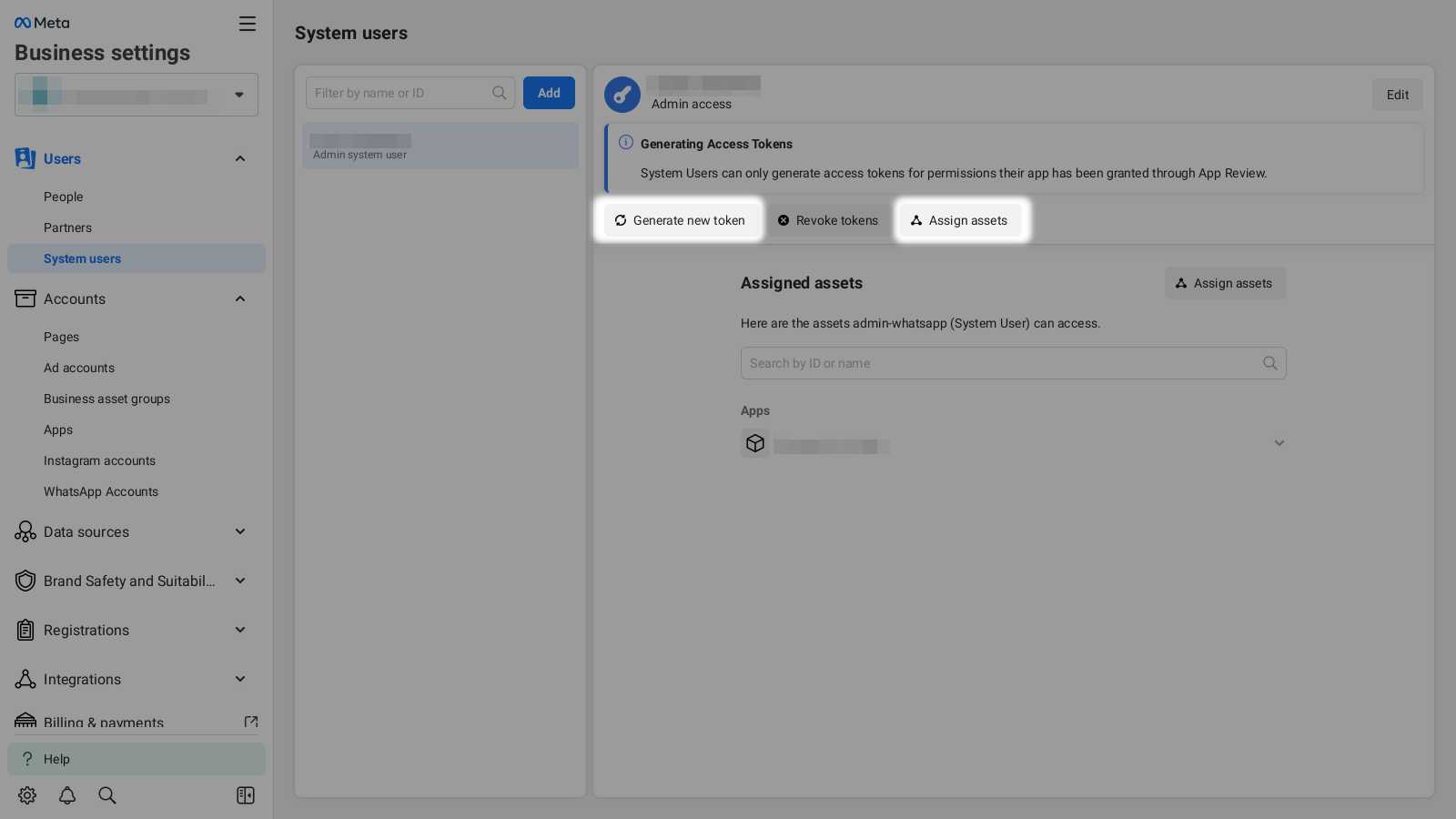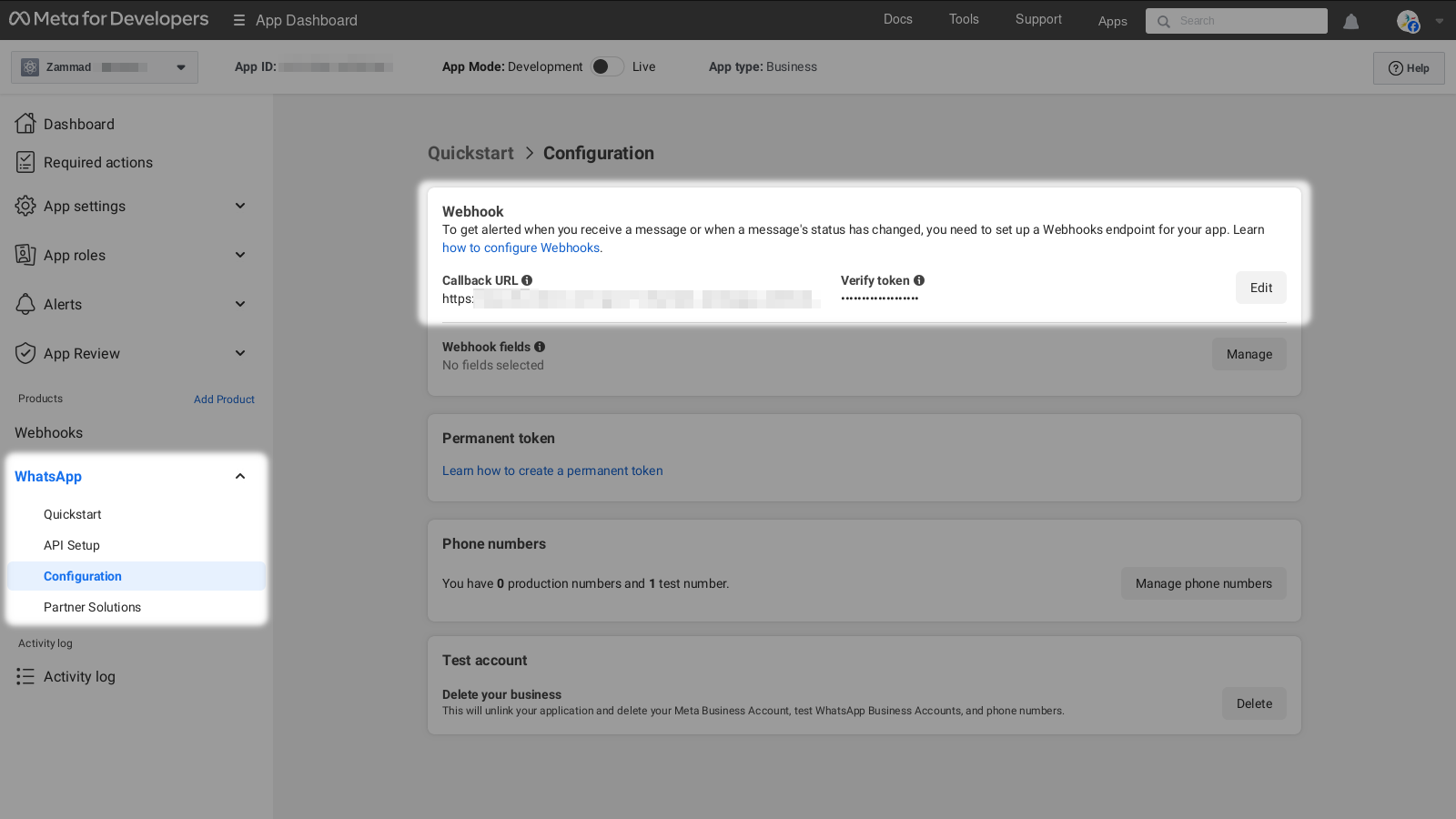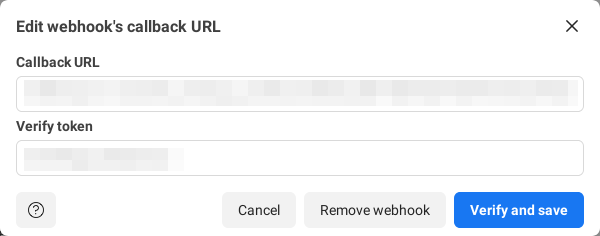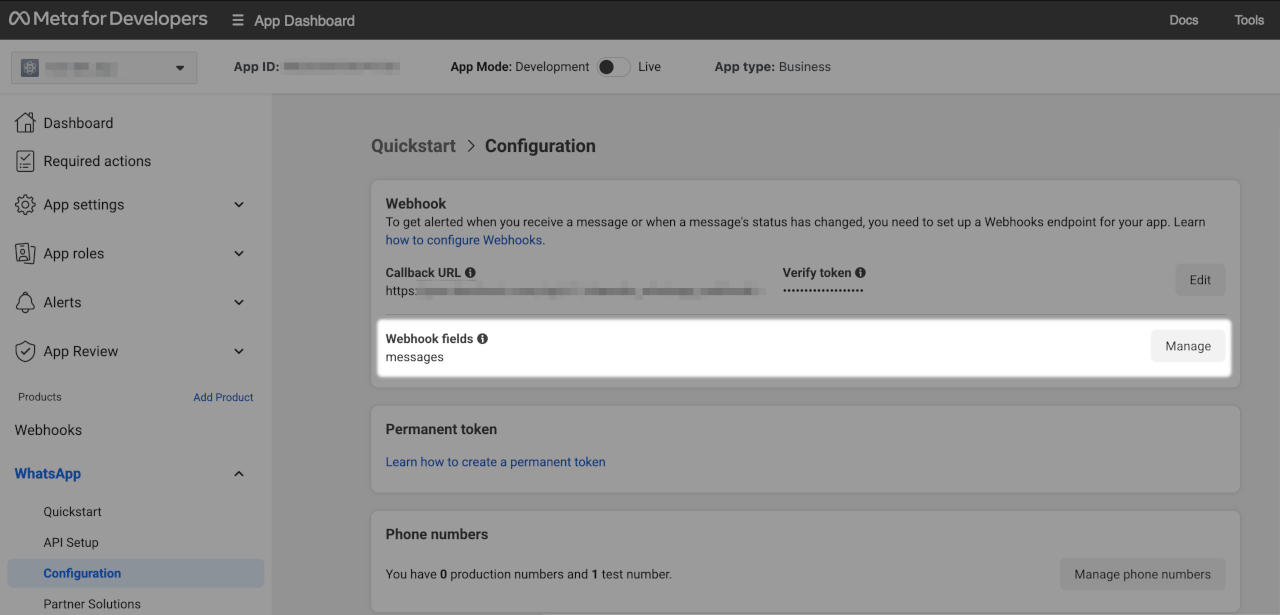WhatsApp¶
With the release of Zammad 6.3, you can now connect your Zammad with a WhatsApp Business account, allowing your customers to reach out to you through WhatsApp. 🎉
If you already dived deep into this topic, you can head to the setup guide. If not, we strongly encourage you to read the prerequisites and limitations of this channel carefully and to follow our tutorial for preparing your setup.
We tried to keep it clear and created a separate sub-page for the necessary steps on Meta/WhatsApp side.
Warning
Please be aware that the usage of WhatsApp Cloud API is mandatory to connect WhatsApp to Zammad. You won’t be able to connect to WhatsApp in Zammad if you just use the WhatsApp Business App. Have a look here for further information about the Cloud API.
There may be additional costs for you from Meta/WhatsApp side. 1000 service conversations per month are free. However, you should have a look at their pricing page to be safe from surprises.
Be aware that if you go through the whole process, it is very time consuming. You should have some time to follow our preparation guide.
Prerequisites¶
You can find a guide through the required steps on our sub-page. It covers the following steps:
Create a Meta Business account
Create a Meta Developer account
Create a Meta Developer app
Add WhatsApp Product to your app
Create a System User
Configure your WhatsApp Business platform
Assign an unused Phone Number
Additionally, you have to meet the following requirements:
Make sure your system is accessible from the internet because WhatsApp sends messages via webhooks to your system.
Make sure to have properly setup your FQDN in Settings > System (for the callback URL Meta will use to deliver new messages).
Limitations¶
There are a number of limitations for this channel. Read them carefully.
- 24-hour customer service window
If a customer gets in touch with you via WhatsApp, a 24 hour window is opened. Within this time window you can freely answer the question of the customer. If the customer isn’t replying, the service window will be automatically closed after 24 hours. You will not be able to communicate with this customer via WhatsApp due to their privacy policy and until a fresh reply is received from your customer after the service window expires.
In case the ticket cannot be closed yet and in order to facilitate an ongoing conversation, automatic reminders will be sent to the customer asking them to reply and keep the service window open. They are sent 23 hours after a message is received, and can be optionally deactivated in the channel configuration.
- Customer-initiated communication only
The WhatsApp channel only supports customer initiated communication. For business-initiated communication, it would be necessary to create a message template which has to be verified by Meta first which is currently not supported by Zammad.
- Supported media types
Currently text messages, documents, images, audio, videos and stickers are supported.
- One attachment per article
Currently, it’s only possible to attach one file per outgoing message. It has to be one of the supported media types (see above).
- File size for attachments
There are different maximum file sizes for different media types. To pick the most important ones:
audio: 16 MB
document: 100 MB
image: 5 MB
video: 16 MB
sticker: 100/500 KB (static/animated)
To read more in detail, have a look at their documentation of supported media types.
- One phone number per app
If you want to use more than one phone number, you have to create a business app for each number you want to use and add it as a separate channel in Zammad.
Setup¶
First of all, make sure to match the prerequisites and to read the limitations above. If you did not setup your Meta Developer account, Meta Business account and Meta Developer app, first go to our preparation page and come back here after finishing it.
Then head over to Zammad’s admin panel to add the WhatsApp channel under “Channels > WhatsApp > Add Account” and follow the steps which are described below.
Step 1¶
In the first step you have to provide credentials of your account/app:
- WhatsApp Business Account ID
Enter your WhatsApp Business Account ID. You can find it in your app under “WhatsApp > API Setup”:

- Access Token
Enter the access token from your app. You can create it in the business settings under “System Users”. The system user has to have “Admin access”. Be aware that you have to copy the token, it is just displayed once!

Choose your created app, an expiration date of the token (we recommend “Never”) and the permissions
whatsapp_business_managementandwhatsapp_business_messaging:- App Secret
Enter your app secret. You can find it in your app dashboard under “App settings > Basic” by clicking on the “Show” button:
After entering your data, click on Next. In the background, Zammad tries to fetch your assigned phone number, which you can select in the next step.
Step 2¶
The second step is about your phone number and messaging details:
- Phone Number
Choose the phone number you want to use for the channel. Zammad should have fetched the numbers which are assigned to your business app. If not, your credentials from step 1 may be wrong.
- Welcome Message
Here you can define an optional text message which is automatically sent to your customers when the initial message is received.
- Automatic Reminders
Here you can control whether the automatic reminders about the customer service window are sent to the customer when the window is about to expire.
For more information on 24-hour customer service windows, take a look at Meta’s conversation description under “Customer Service Windows”.
- Target Group
Here you can define the group in which the ticket should be created.
After entering your data, click on Submit. After this step, the WhatsApp channel is technically created. However, there is another important step to take.
Step 3¶
This third step is about telling WhatsApp where they should send their data:
Warning
If you don’t follow the instructions properly, your account shows up but you aren’t able to receive messages (because Meta/WhatsApp doesn’t know where to send them)!
- Callback URL
Click on the copy icon on the right side and head over to your WhatsApp business app. Enter the copied URL in the corresponding field in your app. You can find it in your “App Dashboard” under “WhatsApp > Configuration > Webhook > Callback URL” (see screenshot below). Paste it there.
- Verify Token
Copy this string too. Enter it directly below the pasted Callback URL.

After entering your data, click on Verify and save which triggers a check if your system is accessible and configured correctly.

- Define webhook fields
Finally, go to the field below in the app dashboard and select “Manage” in the “Webhook fields” section. This is needed that you’ll get the message as content:

Subscribe to “messages” by clicking in the checkbox:
You should now see the selected “messages” under the “Webhook fields” caption as in the first screenshot.
After finishing this step, you can click on the Finish button in Zammad and you should now be ready to receive tickets from your WhatsApp channel!





